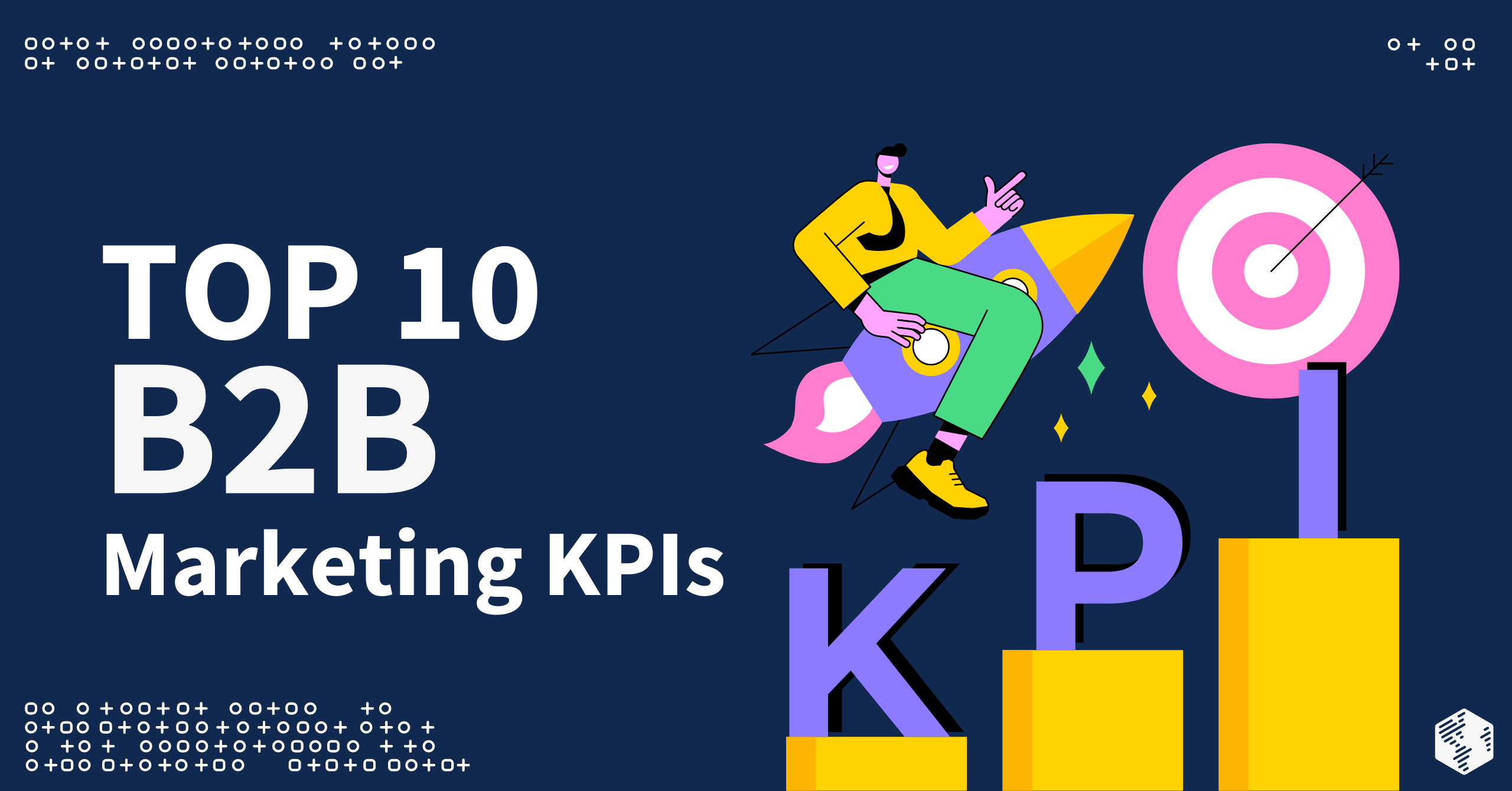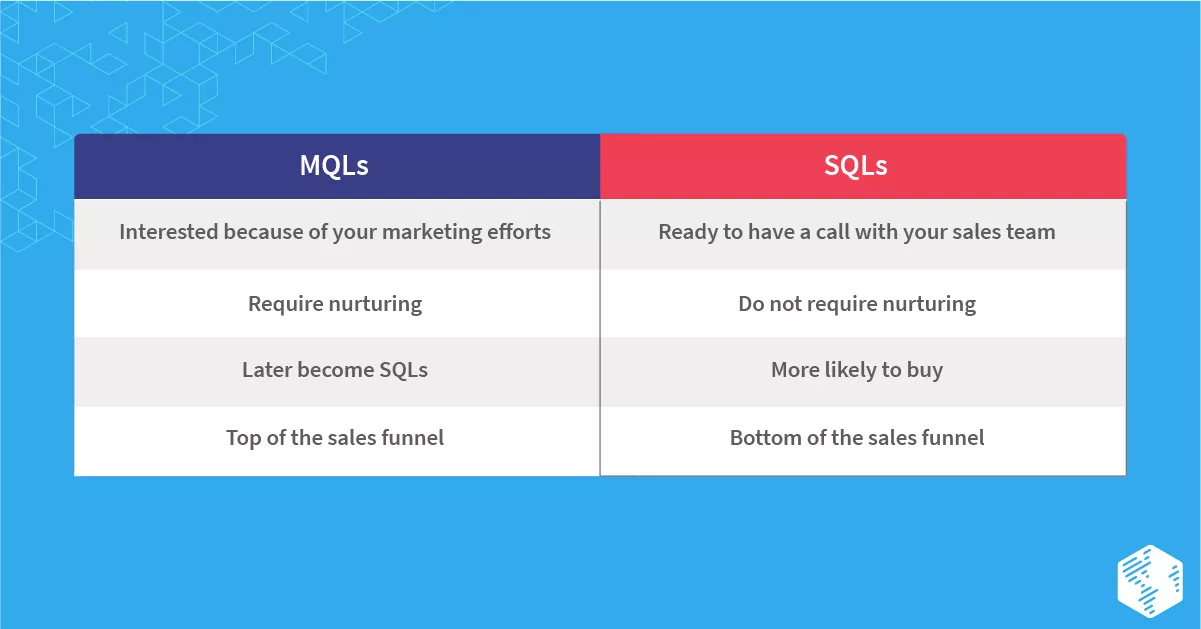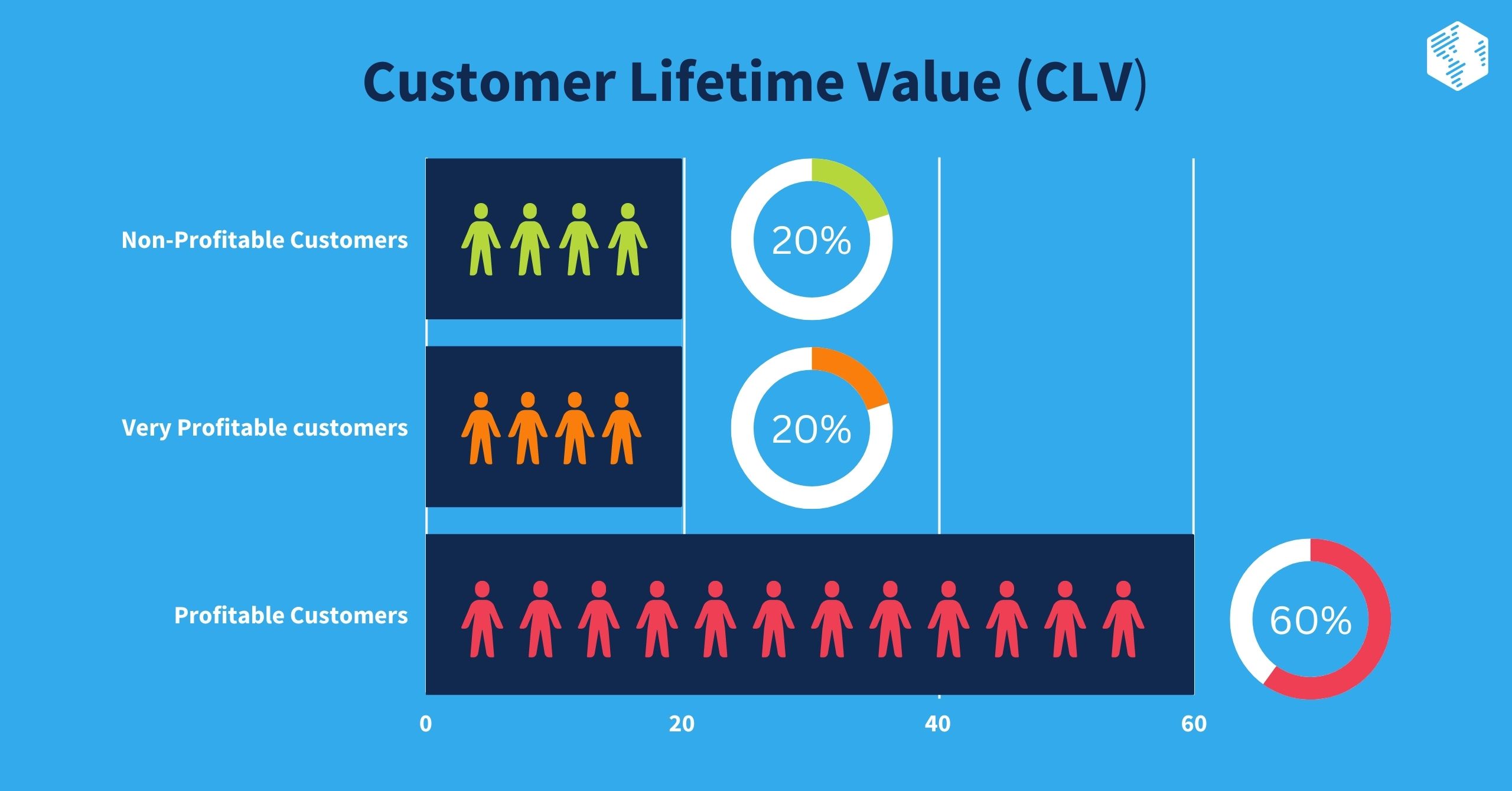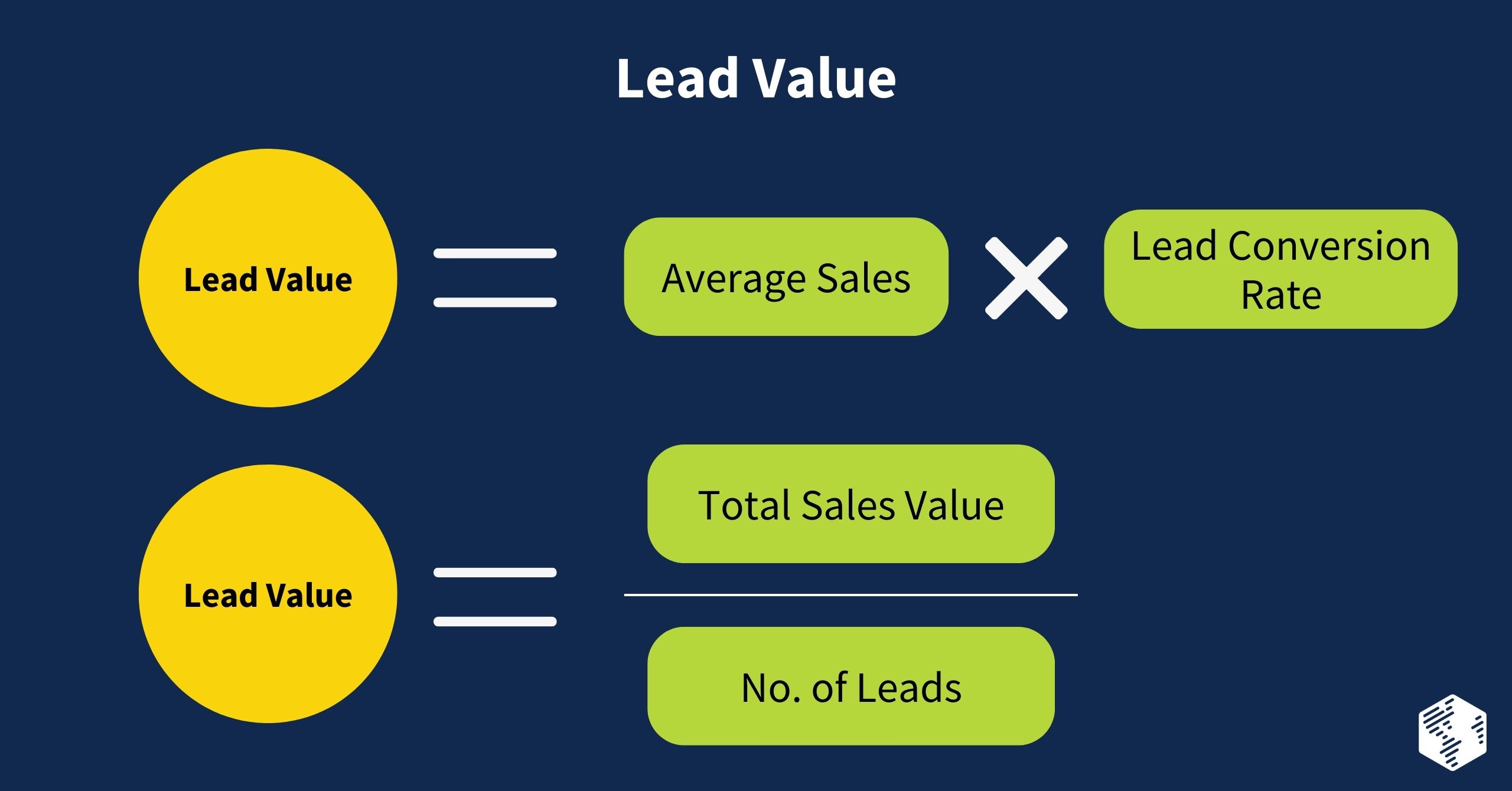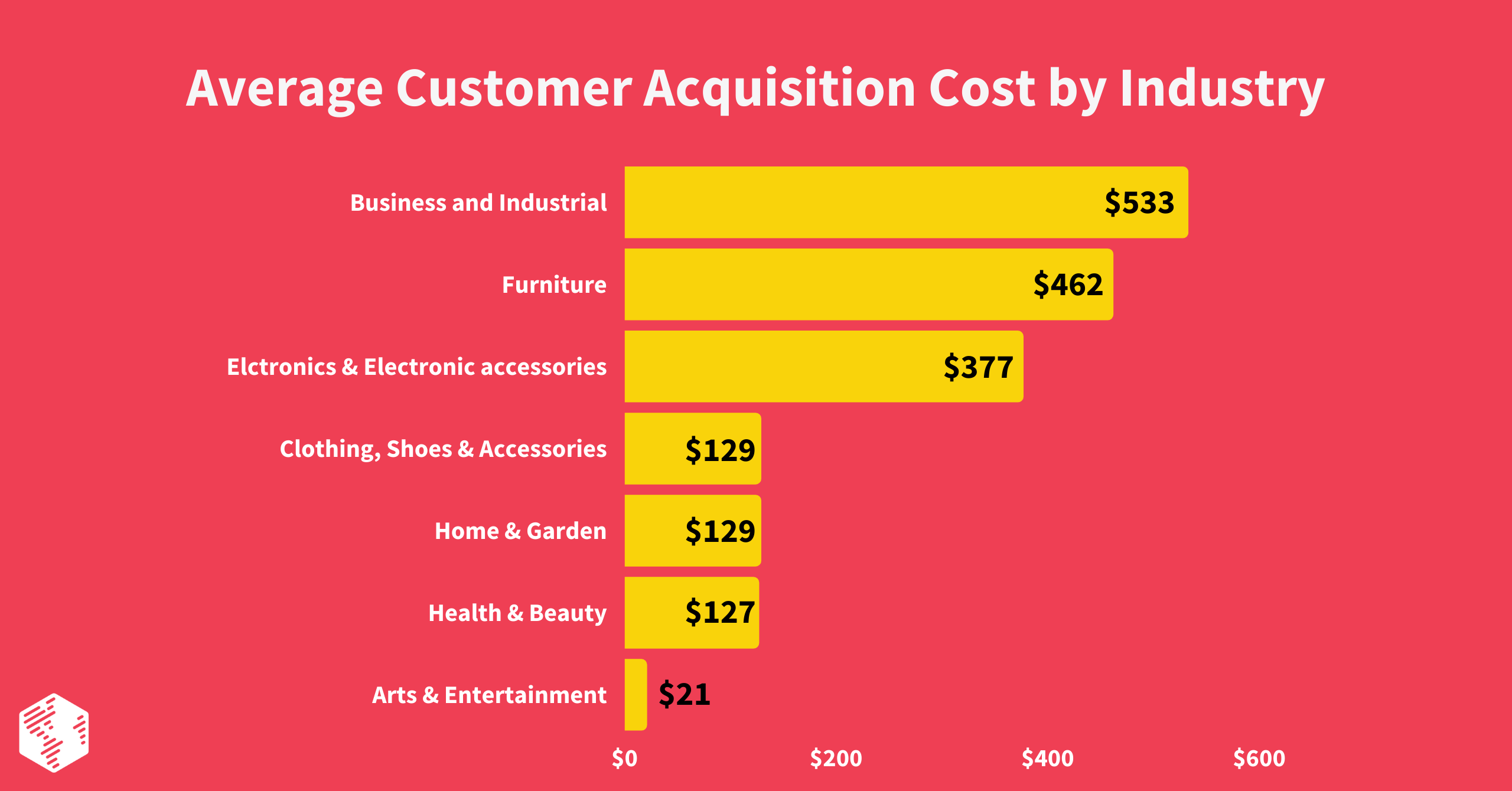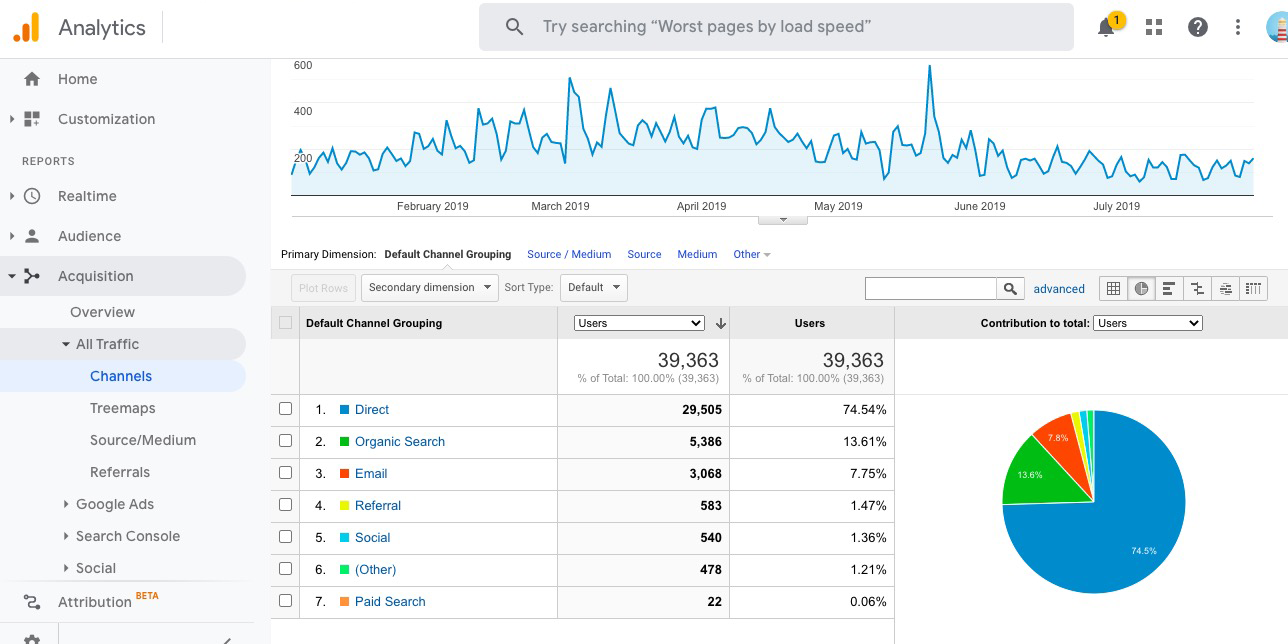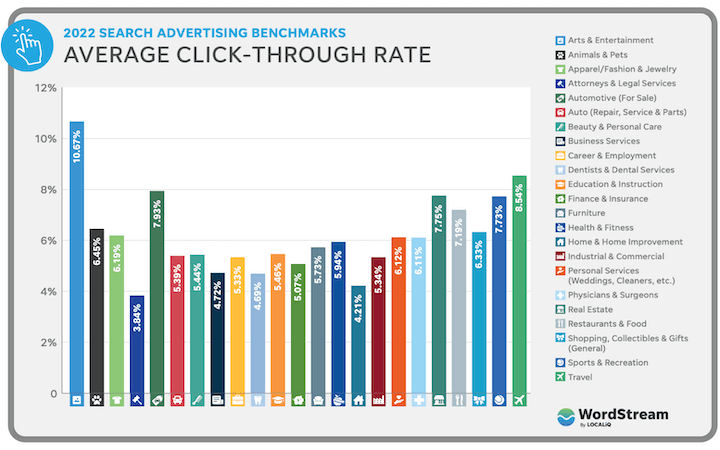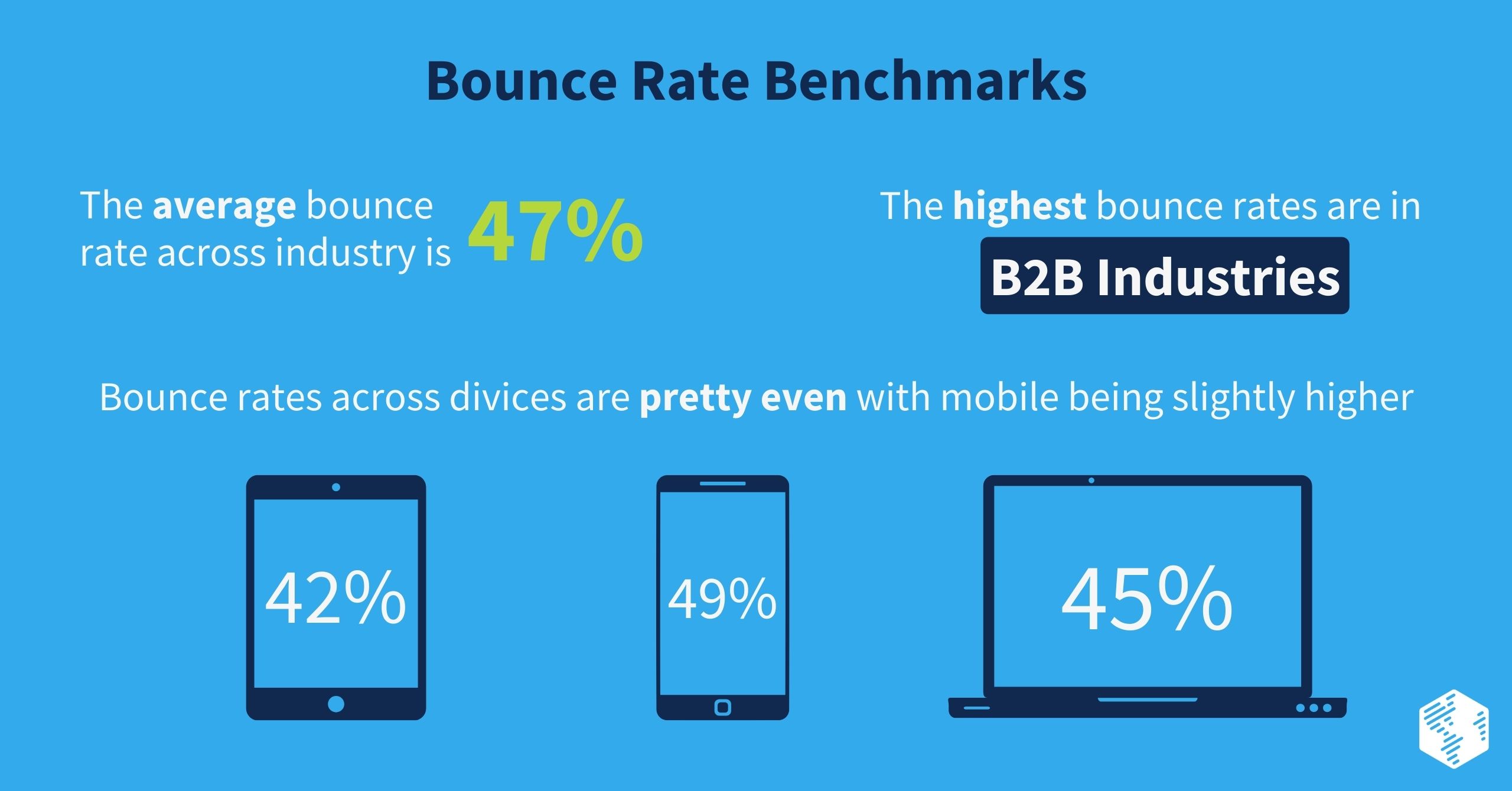The latest Deloitte CMO Survey revealed that B2B companies spend 11.8% of their company-wide budget on marketing.
That’s right – the average B2B marketing budget hit a record high that experts believe will increase over the next year.
What does that mean for your business?
First, keeping up with the competition will be more challenging if you skimp on your marketing initiatives. Second, ensuring a positive marketing ROI (return on investment) has never been more important. You wouldn’t want all your money and effort to go down the drain.
That’s where B2B marketing KPIs (key performance indicators) come into play. They can point you in the right direction to help you achieve your goals and make all your hard work pay off.
Before exploring the crucial metrics, let’s see what they are and what KPI types B2B companies can measure.
What Are KPIs in Marketing?
KPIs in marketing are measurable metrics showing your campaign’s performance. They reflect its effectiveness, helping you focus your efforts on top-performing channels and content and uncover areas for improvement to generate more leads and conversions.
Your marketing KPIs go hand in hand with your business goals, guiding your team toward them and ensuring everyone stays on the right track.
Besides helping you optimize current campaigns, your KPIs can support future initiatives. Knowing what works and what might need an adjustment will help you make data-driven decisions and supercharge ROI.
RELATED: How to Use KPIs to Measure Your B2B Marketing Success
Types of Marketing KPIs
We can place marketing KPIs into many categories, but the following are standard among most B2B companies:
- Quantitative – numerical indicators like acquired customers, generated leads, page views, customer acquisition costs, resolved tickets, and sales increase;
- Qualitative – experiential indicators showing intangible value, such as customer satisfaction;
- Leading – forecasting campaign outcomes for predictive decision-making (e.g., future sales growth, unique website visits, etc.);
- Lagging – measuring and analyzing historical data to determine if you’ve reached the desired outcome and address the bottlenecks accordingly (e.g., annual sales, annual net income, etc.);
- Input – tracking resources for a particular marketing initiative, such as team members and staff time;
- Output – showing if you’ve reached your goals (e.g., acquired customers, profits, and revenue growth);
- Directional – determining your marketing success by examining multiple metrics to see if they’re improving, declining, or stagnating.
10 B2B Marketing KPIs to Measure
You can measure many B2B marketing KPIs, but the following will bring you the most value. They’re crucial for ensuring your organic and paid campaigns pull qualified leads like magnets and boost sales while staying within budget.
1. Generated leads
The number of leads your marketing initiative generates directly indicates the campaign’s effectiveness. You can use it to identify qualified leads and estimate how many might convert into prospects and customers.
You can track MQL and SQL leads.
Marketing qualified leads (MQLs) are potential prospects you have engaged through marketing. They require nurturing to become sales opportunities and purchasing customers.
Sales qualified leads (SQLs) are prospective customers who have already interacted with your sales team or are ready for a call.
RELATED: 6 B2B Lead Generation Strategies that Really Work (With Special Tips and Hacks)
2. Lead conversion rate
The lead conversion rate shows how successful your B2B company is in converting qualified leads into customers. Whether they’ve purchased a product or signed up for a particular service, it shows how well you attract them. It can help better allocate your marketing budget and improve campaigns.
You can calculate your lead conversion rate using this formula:
Lead conversion rate = (Converted Leads / Total Qualified Leads) x 100
3. Customer lifetime value (CLV)
Customer lifetime value estimates how much revenue a particular customer can bring during your relationship. It helps predict income and ROI from each client and segment and retain customers.
A decreasing CLV warns you might need to improve your products or services, lower the prices, or implement other changes to compel customers to stay. A high CLV means people love your brand and opens the door to upselling opportunities.
Here’s a formula to calculate it:
CLV = Average Purchase Value x Average Purchase Frequency x Average Customer Lifespan
4. Lead value
Lead value is similar to CLV, except it estimates how much your generated leads are worth to your B2B company. It helps segment, qualify, and score them to make data-based decisions for enhancing your lead generation strategies.
You can use two formulas to calculate it and estimate how much revenue each lead would bring:
5. Customer acquisition cost (CAC)
The CAC KPI is pretty straightforward. It shows how much you need to spend to acquire a customer. It can help you make better decisions regarding your marketing budget to ensure you don’t invest much into converting a lead that won’t turn a profit.
The key is to ensure your marketing expenses don’t exceed the revenue your future customers might bring.
Here’s how to calculate it:
CAC = (Marketing Costs + Sales Costs) / Number of New Customers
6. Organic traffic
Organic traffic shows how many people land on your website from organic search results. It’s an essential metric for measuring and improving your SEO performance.
Tools like Google Analytics can help you track your keywords and other SEO metrics to see how well your organic marketing pans out.
Armed with that data, you can boost your SEO ranking and drive more traffic to your site, increasing your chances of converting more qualified leads.
RELATED: 10 Best B2B SEO Tools to Increase Organic Traffic in 2022 (Freemium and Paid)
7. Cost per lead (CPL)
The cost-per-lead KPI measures how much generating a lead on a specific marketing channel costs. It’s an online advertising pricing model to help you identify the most cost-effective channels for lead generation.
Here’s how to calculate it:
CPL = Total Marketing Spend / Number of Leads
8. Click-through rate (CTR)
The click-through rate indicates how well your paid ads, keywords, and emails perform. It shows how many people have clicked on your links to check your offers or read your emails.
Why is CTR a crucial B2B marketing KPI?
Because it shows how many leads have taken a specific action, such as visiting your landing page. It can help you measure and improve the performance of your advertising and inbound marketing campaigns.
For instance, a low CTR might mean you’re targeting the wrong audience or don’t have compelling enough CTAs (calls to action).
Here’s the formula:
CTR = Number of Clicks / Number of Impressions
9. Return on ad spend (ROAS)
The ROAS metric shows how much revenue you generate for every dollar you spend on paid ads. It lets you determine each advertising campaign’s success or failure, helping you improve your strategy and make better budgetary decisions.
It’s an essential KPI for ensuring you don’t spend money on initiatives that don’t bring real value. It can nudge you in the right direction and help sharpen your competitive edge.
Here’s how to calculate it:
ROAS = Ad Campaign Revenue / Total Ad Spend
10. Bounce rate
Your bounce rate shows how many website visitors leave your site after viewing a single page. While it might indicate poor website performance (e.g., slow page loading), other obstacles could be the culprits.
For instance, the ad or social media post that directed a particular lead to your website may not match the content they’ve encountered. It may not deliver on its promise, failing to meet people’s expectations.
Too many pop-ups can also make website visitors bounce back and turn to your competitors.
Tracking your bounce rate will help you solve those problems. Whether your marketing content should be more engaging, ad copies more relevant, or user experience more seamless, you’ll compel leads to stay longer on your site and convert.
Here’s a formula for calculating your bounce rate:
Bounce Rate = Single-Page Sessions / Total Website Visits
How to Set KPIs for B2B Marketing
Every B2B company has unique goals and objectives – use yours to set your KPIs. They must align with your B2B marketing practices and strategies to provide valuable insights into your campaigns.
Here’s what you can do to set your B2B marketing KPIs:
1. Outline your essential goals and choose suitable metrics that will measure your progress and performance.
For instance, you can track the number of website visitors, session duration, page views, time on site, and bounce rate if your goal is increasing organic traffic. Boosting gross revenue would require monitoring the lead conversion rate, sales closing ratio, average purchase value, and monthly sales increase.
The key is to start with a strategy and pick the metrics that matter most for achieving specific goals.
2. Use historical data as a benchmark.
Historical data is vital for comparing past performance to current progress, helping you improve and reach the desired growth. For instance, you can use your average monthly sales as a benchmark to achieve the goal of increasing them by 30% within the next six months.
3. Match your KPIs with adequate marketing activities.
Matching your KPIs with the marketing activities you’ll focus on will provide actionable insights for improvement. For instance, measuring social media clicks and engagement will help you determine what works and what to adjust to generate more leads and conversions from your content.
4. Focus on quantitative and qualitative KPIs.
A quantitative KPI can be the number of generated leads. For example, if they’ve dropped after updating your form submission page, you can use a customer satisfaction survey to discover why. That qualitative KPI might indicate you should shorten the form.
5. Don’t forget to track leading and lagging KPIs.
For example, you want to generate $1,000 in revenue from Facebook leads. The expected lead value would be an excellent leading KPI to set because it would help you determine if you’re on the right track. Your lagging KPI can be the revenue from your Facebook campaign, helping you see if you’ve reached the forecasted mark.
6. Set realistic KPIs to measure SMART (Specific, Measurable, Achievable, Relevant, Time-Bound) goals.
A SMART KPI would be acquiring 1,000 customers within the next six months. Another would be increasing month-over-month sales by 20% within that period.
How to Measure KPIs in Marketing
You can choose from many B2B marketing analytics tools to measure your KPIs and ensure your campaigns yield positive results.
Some of the best are Google Analytics, Tableau, Pardot, Chartbeat, and Looker, each with a user-friendly dashboard and many valuable features, including real-time analytics. They’re ideal for keeping your marketing and sales teams on the same page and transforming your marketing initiatives.
For instance, Google Analytics can help you discover how people come to your website to determine your content, SEO, and marketing effectiveness. You can track channels, session duration, unique page views, average time on specific pages, exit and bounce rates, and other metrics.
You can also get insights on trends, visualize and analyze data through customizable dashboards, and generate detailed reports relevant to your goals.
What about more in-depth lead, prospect, and customer data?
You’ll need a CRM platform like HubSpot to track and analyze leads, manage relationships, and empower your marketing and sales teams with many other features. HubSpot also has a KPI dashboard with automated reporting and many other functionalities.
Its Marketing Hub can help you track customers, understand their behavior, measure website traffic, generate marketing channel reports, and more. Its Marketing Analytics & Dashboard Software is perfect for analyzing your inbound marketing campaign’s success and shortcomings to see how your interactions affect the revenue.
Regardless of your chosen tool, measure your KPIs regularly (weekly, monthly, or quarterly) and create reports to make sense of the data. They’ll help track your progress and keep everyone on the same page.
Conclusion
B2B marketing no longer relies on sales-heavy content. Technological advances have turned it into a data-driven science, helping companies grow like never before. You can now leverage advanced analytics to track, analyze, optimize, and automate campaigns and drive maximum performance.
Tracking your marketing KPIs is only one way to build sustainable business growth. It’s essential for evaluating your marketing activities’ performance across various distribution channels. Those metrics tie to your goals and show if you’re on the right track to generating the desired ROI, arming you with critical data for improvement.


